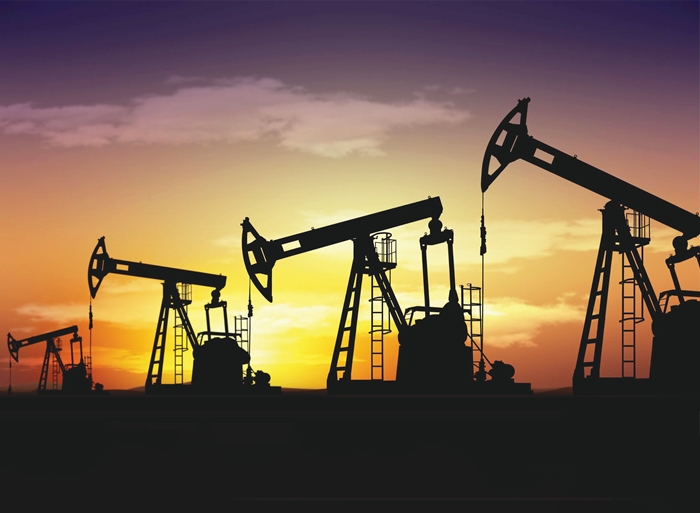nCa Analysis
The prices of oil and gas are rising in the world markets but that is no reason for Central Asia to abandon its cautious policies.
As recorded on 9 August 2023, the price of gas suddenly jumped by 22%, reaching USD 430 per thousand cubic meters on Dutch benchmark. Brent crossed USD 87 per barrel. This was reported by Kazinform, quoting Oil and Capital.
The increase in the oil prices is tied to the decision of Saudi Arabia and Russia to keep the production locked at one million barrels per day each through September.
According to IEA, the Oil 2023 medium-term market report forecasts that based on current government policies and market trends, global oil demand will rise by 6% between 2022 and 2028 to reach 105.7 million barrels per day (mb/d) – supported by robust demand from the petrochemical and aviation sectors.
The American EIA predicts that Brent may hover around USD 83 per barrel in 2023, and close to USD 86 in 2024. This is a slightly upward version of their earlier forecast.
A Reuters survey of 37 economists and analysts suggests that Brent crude would average $83.03 a barrel in 2023.
CNBC reported last month that the International Energy Agency had predicted in June that global oil demand is on track to rise by 2.4 million barrels per day in 2023, outpacing the previous year’s 2.3 million barrel per day increase.
TASS reported on 9 August 2023 that according to London’s ICE exchange the gas prices in Europe had exceeded $420 per 1,000 cubic meters.
It is noteworthy that the average gas price in Europe in July fell by 8% to about $337 per 1,000 cubic meters.
Crude oil prices are determined by global supply and demand. Economic growth is one of the biggest factors affecting petroleum product—and therefore crude oil—demand. Growing economies increase demand for energy in general and especially for transporting goods and materials from producers to consumers.
Natural gas prices are also a function of market supply and demand. Increases in natural gas supply generally result in lower natural gas prices, and decreases in supply tend to lead to higher prices.
Despite the promising outlook from the perspective of the oil and gas producers, Central Asia must stick to its cautious approach.
Here is why:
- The present scenario is rather low in tensile strength. All the predictions about the higher oil prices are subject to the resolve of the OPEC+ to keep the production at curtailed level. Nevertheless, chances are that OPEC+ would prefer to keep taking steps that would ensure the crude prices floating on the higher side.
- The world is steadily bouncing back to the pre-Covid levels in everything including the demand for the hydrocarbon resources, mainly oil and gas. It would be important for the oil and gas producing countries to wait and discern the emerging demand patterns before making any long-term commitments.
- There is the need to uncouple the oil and gas markets from the geopolitical posturing. This is necessary to safeguard the interests of the producing, consuming, and transit countries in a just and equitable manner.
- There is also he need to keep calculating the increasing potential of converting the oil and gas into value added and environmentally friendly products right at the source rather than transporting them to export markets for use as fuel. This kind of calculation would not be easy and the data produced from such calculation would not be fully reliable but the need to do so is abundantly clear.
In addition to keeping a cautious stance, the Central Asian producers would need to bulk-up their capacity to maintain a dynamic and trustworthy picture of the near- and mid-term consumption and price patterns. Some use of AI and machine learning would be inevitable. /// nCa, 11 August 2023
#oil, #gas, #Central_Asia, #oil_and_gas_market, #oil_and_gas_prices, #OPEC+
